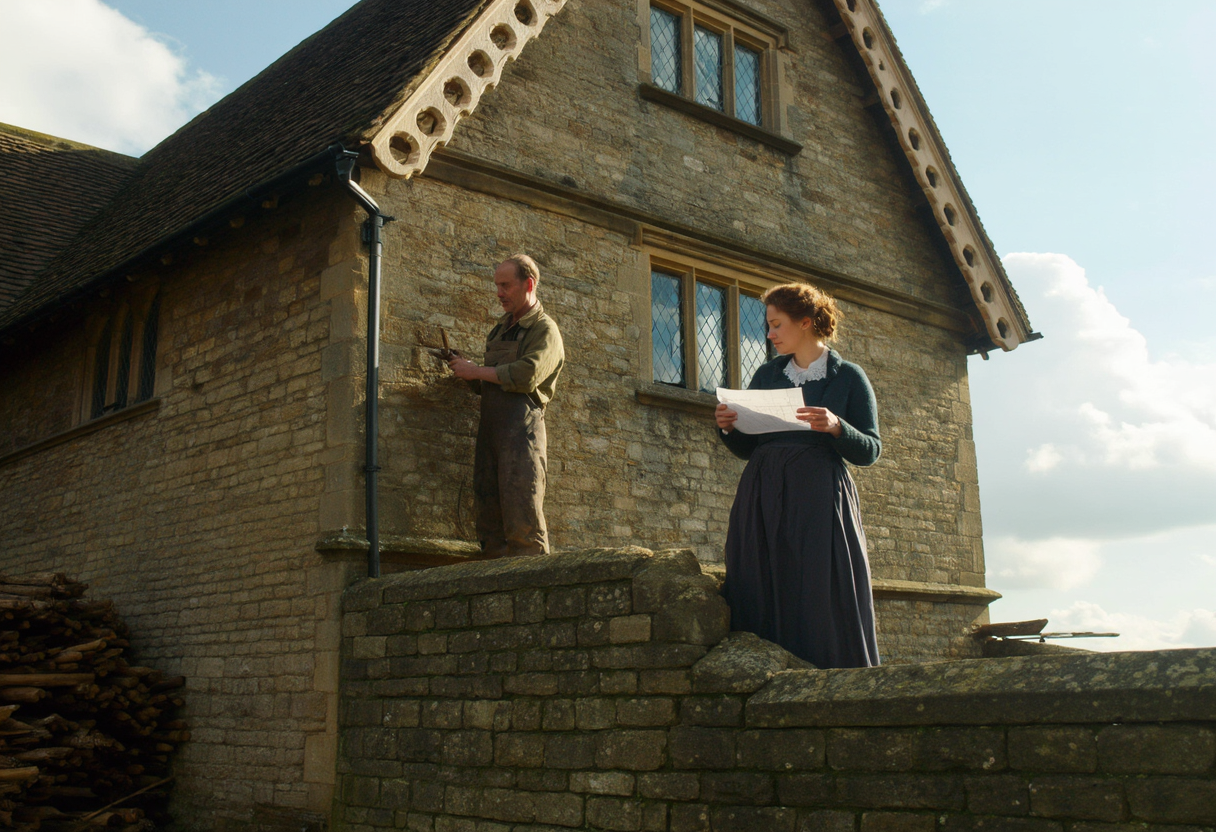Transforming History: The Art and Challenges of Historic Home Remodel
Historic home remodels not only preserve architectural beauty but also present unique challenges for homeowners and builders. This article explores the intricate processes involved, including maintaining authenticity while introducing modern amenities. Discover tips for selecting the right materials, understanding regulations, and tackling structural repairs while honoring the past.
The Significance of Historic Home Remodel
When embarking on a historic home remodel, it's essential to recognize the cultural and historical significance of the property. Historic homes often represent local heritage and community identity, making their preservation crucial. A successful remodel must honor the original structure while integrating modern comforts. Homeowners undertaking a historic home remodel should prioritize studying the building's history, ensuring that the updates align with its unique character. Renovating these homes involves balancing modernization and preservation, which can be both exciting and daunting. Furthermore, understanding the architectural style and preferred materials can significantly impact the renovation outcome. Every decision made during the historic home remodel journey speaks to the home's legacy, enriching its story for generations to come.
Key Challenges in Historic Home Remodel Projects
Historic home remodels come with a unique set of challenges that can be quite different from modern construction projects. One of the primary hurdles is navigating local preservation laws and regulations that govern changes to historic properties. These guidelines often dictate how alterations can be made, significantly impacting the planning stage. Structural issues might also arise, necessitating thorough inspections to address foundation integrity and mechanical systems. Homeowners must prepare for unexpected costs associated with restoration challenges, from sourcing authentic materials to hiring specialized contractors familiar with historic building techniques. Despite these challenges, the rewards of a successful historic home remodel can far outweigh the hurdles if approached with patience and care. Collaborating with experts in preservation can ease this process and yield remarkable results.
Materials and Techniques for Authentic Restoration
Choosing the right materials is pivotal in any historic home remodel. Authenticity is key, and using period-appropriate materials enhances the home's aesthetic and value. Researching traditional construction techniques can further guide homeowners to make informed choices. For instance, when restoring windows, one might consider using wood instead of vinyl to remain true to the original design. Similarly, selecting paint colors that match the historical palette ensures the home maintains its character. Homeowners often find that consulting with historic preservationists or architects can provide insights into the appropriate materials and techniques best suited for their specific project. Thoughtful considerations regarding materials can transform a historic home remodel into a beautiful tribute to its past.
The Importance of Contextual Design Choices
When undertaking a historic home remodel, it's critical to acknowledge the surrounding environment. The local neighborhood's architectural style should inform design decisions to create harmony between the home and its surroundings. Incorporating design elements that reflect local aesthetics can enhance curb appeal while preserving the home’s historical integrity. Furthermore, this approach encourages continuity within the community, reinforcing the area's unique character. Homeowners may also wish to explore landscaping options that complement the remodel, employing plants and hardscapes that align with the historic design ethos. Engaging with neighbors and local historical societies can provide valuable insights to guide these contextual choices during the renovation process, ensuring a successful and harmonious outcome.
Financing Your Historic Home Remodel
Funding a historic home remodel may appear daunting, but various financial resources can help homeowners realize their vision. Many local governments and historical societies offer grants or low-interest loans specifically for preservation projects. Additionally, tax incentives might be available for homeowners undertaking significant historical renovations. Developing a clear budget that accounts for unforeseen expenses is vital, as many older homes may require more extensive repairs than initially anticipated. Homeowners should remain adaptable and seek out multiple financing options, thus alleviating some financial strain associated with a historic home remodel. Engaging a financial advisor can also aid in managing costs effectively throughout the renovation process.
Final Thoughts: Embracing the Journey of Historic Home Remodel
A historic home remodel is not just about fixing a structure; it's about weaving together threads of history and personal stories. As homeowners navigate the challenges and complexities of their projects, they become stewards of history, contributing to the preservation of their community's heritage. Each remodel provides an opportunity to connect with the past while shaping a space for future memories. By respecting the original architecture, strategically planning each phase, and embracing the inherent challenges of a historic home remodel, individuals can create a legacy that celebrates both history and modern living.
